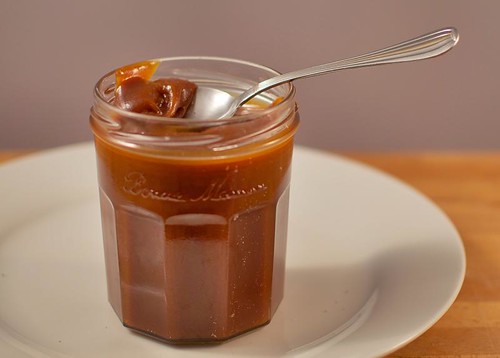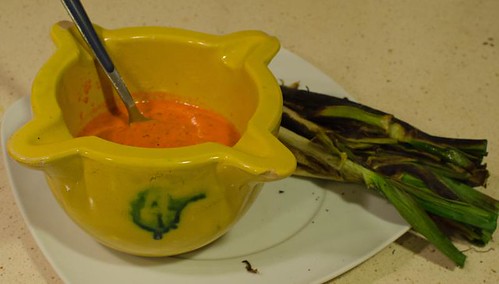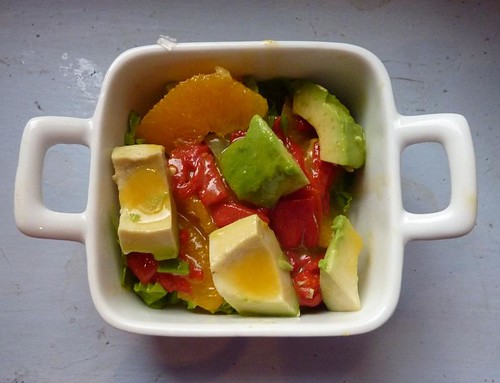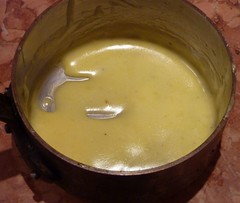
I can’t even remember the last time I made pesto — it must be decades ago. I do usually have a jar of commercial pesto in the fridge for perking up pasta dishes though. I was impelled to try by the massive bush of basil in the tub outside the door — I’ve never had such a flourishing plant, while everything else wilts in the heat.
I had some leftover roasted hazelnuts from a salad, so I used those instead of pine nuts. Excellent idea — the toasty flavour really came through. And fresh pesto is an eye-opener — so zingy and green. If you have a food processor, that’s the obvious tool — I didn’t replace mine when it broke, so I used the mini chopper to start with and finished off with a stick blender. I’m not hardcore enough to use a mortar and pestle.
This recipe makes a small jar — it will keep for about a week in the fridge covered with a slick of olive oil, but it’s best to use as soon as possible.
Read More





